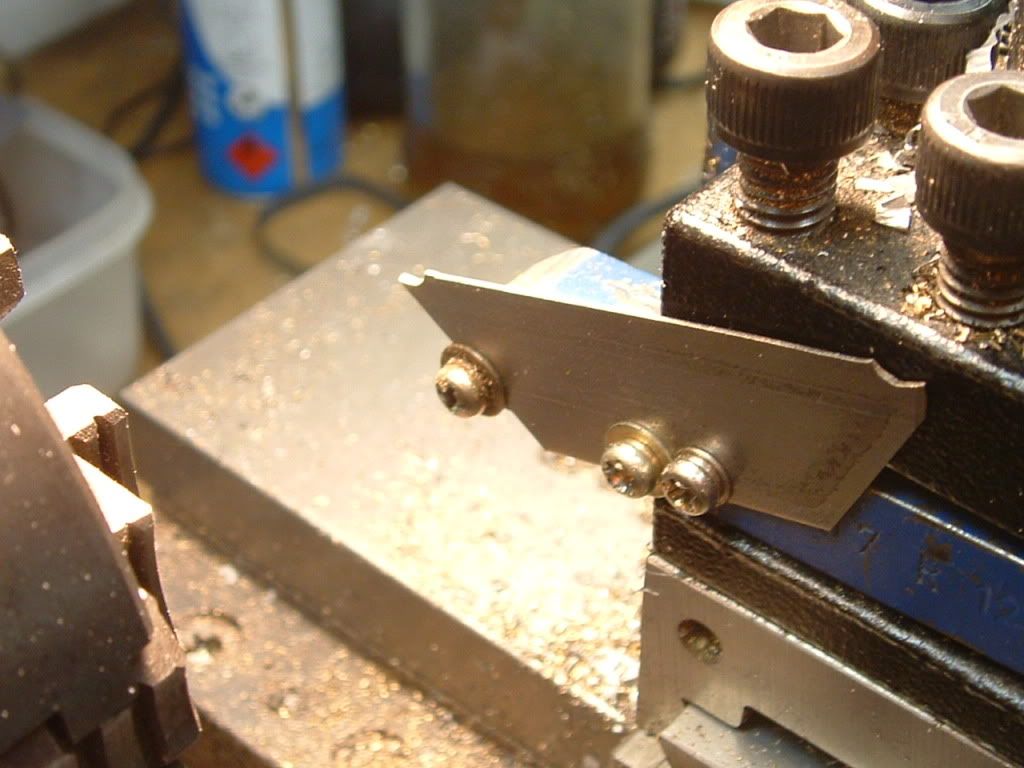trainman142
New Member
- Joined
- Jul 11, 2010
- Messages
- 2
- Reaction score
- 0
Hello
I'm having some problem's using a parting tool on my 7x10 mini lathe, and would like some advice on how to fix it.
Whenever the tool enters a workpiece smaller than a 1/2 inch it cut's it just fine,but any thing bigger than that,it start's screaming like s@#t,and sometimes even stop's the chuck from spinning and make's the belt slip,but the tool is always at the center hight of the workpiece.
Any advice will help.
p.s. Alex
I'm having some problem's using a parting tool on my 7x10 mini lathe, and would like some advice on how to fix it.
Whenever the tool enters a workpiece smaller than a 1/2 inch it cut's it just fine,but any thing bigger than that,it start's screaming like s@#t,and sometimes even stop's the chuck from spinning and make's the belt slip,but the tool is always at the center hight of the workpiece.
Any advice will help.
p.s. Alex





